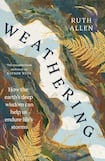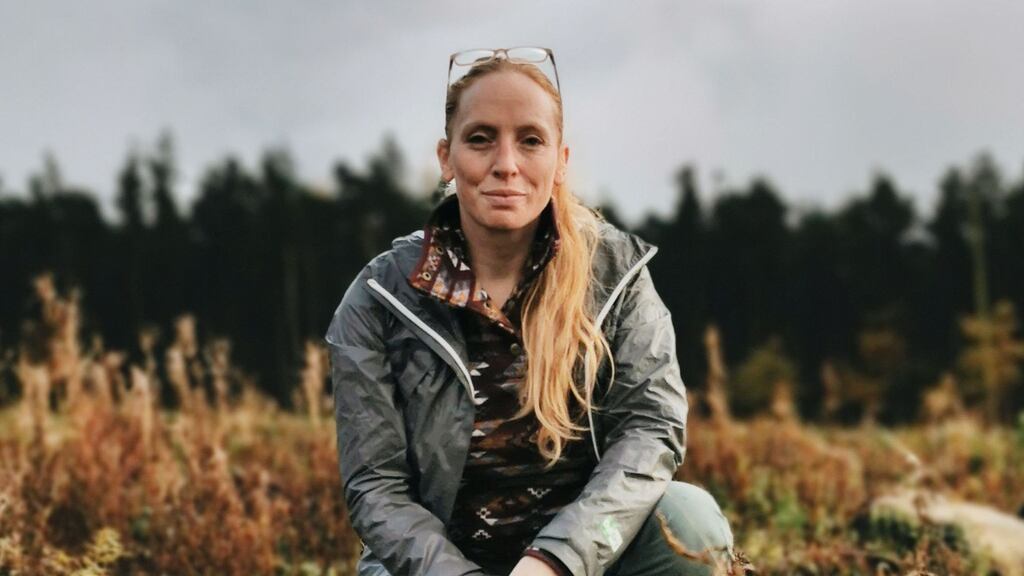
“I am sat on an origin story. And an ending, a place of life and death. On yet another example of the hand-in-hand pairing that defines the treasure of this permeable land. On a place thoroughly defined by its erosion.”
These lines from geologist turned psychotherapist Ruth Allen’s Weathering function on both a literal level – she is surveying the topography of the Peak District – and on the metaphorical too. This is a book that melds the writer’s seemingly disparate interests – rocks and people – mapping fascinating points of intersection.
Landscapes, like people, are more complex than they first appear; formed by the book’s titular ‘weathering’, erosion, and cataclysmic events: “Rupture precedes revolution.” What we perceive as damage is not always negative, and Allen finds in the ever-shifting landscape a potent methodology for rethinking the challenges of our existence.
She returns often to the importance of interaction with the non-human. The case studies she recounts of bringing people into nature for therapeutic reasons are fascinating; from the man whose physical tension visibly dissipates in the surroundings of a quarry turned nature reserve, to the group of women asked to interact with rocky outcrops on a walk through the Peak District: “How do you experience your body in this environment? How do you want to move? What does an embodiment with rock mean to you?”
READ MORE
An account of a descent into a cave system is also fascinating, with Allen recounting the interplay of psychological and physiological responses to this dark space in minute and compelling detail.
The reader’s depth of engagement with the book will depend to some extent on their agreement with the book’s central conceit. There are certainly many parallels to be found between the weathering of the human and the non-human, but also areas of obvious divergence where the metaphor feels a little strained.
However, it is impossible to argue that time spent considering nature and deep time has no beneficial qualities for us as a species.
This is a convincing, considered read for those who enjoy a deeper exploration of our place within an unromanticised natural world: “What if know your place was a call to action and not a reprimand?”













